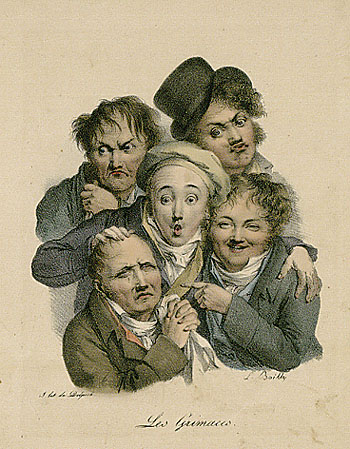Our unique expressiveness may be a three-million-year-old tradition

Two eyes above a pair of nostrils and below them a mouth, this is the general outline of the faces of vertebrates, from sharks to humans. This is indeed an optimal arrangement for finding food and eating it, but in mammals, the face took on another important role: communication. And this role is evident to man more than anything.
Primates in general have complex social lives, and they use facial expressions in their relationships with each other. Our faces, humans, are particularly expressive. We use them to transmit emotions, such as fear, joy, sadness and anger. In the past, researchers attributed the rich variety of human facial expressions to special facial muscles, unique to humans. But physiological anthropologist Ann Burroughs of Duquesne University discovered that there is actually not much difference between the array of muscles in the faces of humans and that of chimpanzees, the primates ranked second on the scale of theatricality.
However, there are two characteristics that distinguish the faces of humans from the faces of other primates. First, the white of our eye looks clear. Second, our lips stick out and are darker than the skin around them. These features give our clusters a striking visual contrast, which apparently expresses our emotions better.
It is not known exactly when and how humans developed such expressive faces, but we can find hints of this in the fossilized skulls of our ancestors. Casts of the inside of the skull, which show the imprints left there by the brain, show the changing abilities of areas of the brain over time. In 2000, neuropaleontologist Dean Polk, who now works at the University of Florida, analyzed a series of such casts in the skulls of Australipithecus africanus, a hominid species that lived three to two million years ago. The results showed that parts of the anterior temporal region in the brain of this creature were larger than those parts in great apes. This addition may have qualified this hominid to better process information concerning the appearance of the face. And if so, it is possible that our tendency to make faces and understand facial expressions really has very deep roots.
Kate Wong

2 תגובות
The series in question is definitely a really nice series and mainly due to all the examples they bring to the types of lies of famous people from everyday life...
It is very worth watching the series "Lie to me" on YES
There are quite a few demonstrations on facial expressions and how to tell if we are being lied to or not..
And it's based on real research.
Mickey